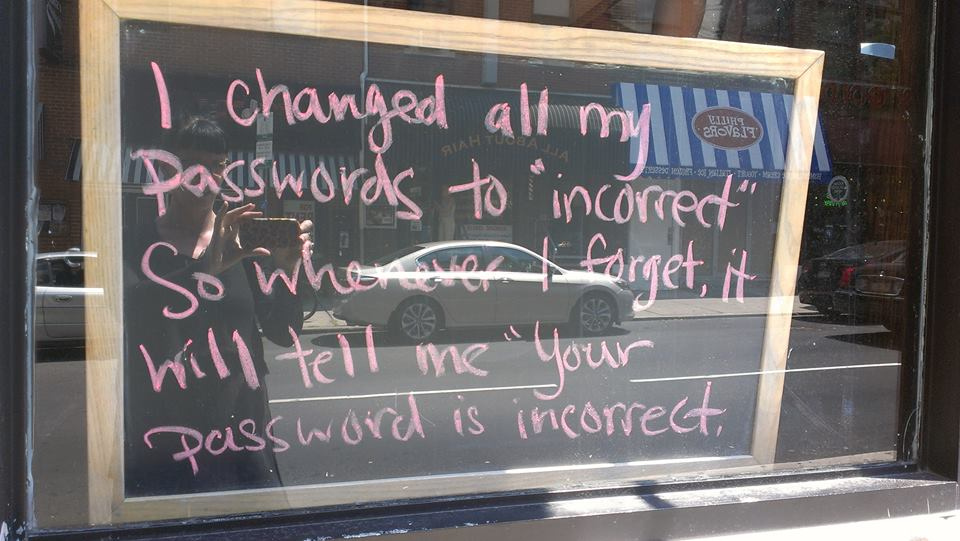WhatsApp and Facebook logins may survive and end up in the wrong hands
You are rarely separate from the device which is with you day and night. Sending it to the technical service because it has been giving you problems for the last few weeks, giving it away because you want to buy the next model or giving it a second life by recycling it or donating it through the numerous web pages are some of the many situations in which you will have to say goodbye to your phone, temporally or forever.
You should think about the amount of private information your smartphone stores
This is when you should think about the amount of private information your smartphone stores, so the best thing to do is to erase every single detail of your life and leave no trace suggesting that this mobile phone used to be yours.
You should not only erase your photos, but preferably you should restore your Android’s original settings, with the original data so that your memories are eliminated from your mobile phone, before you send it to the technical service, to someone else or to a recycling service. You just have to do a backup first and then reset your phone selecting the option for reestablishing the original data which you can access from the settings option.
A simple way for the millions of Android users around the world (in 2014 alone more than one billion devices with this operating system were sold) to make sure their phone is like it was on the first day. Or so we thought until now…
Our data remains in the phone
Two researchers from Cambridge University, Laurent Simon and Ross Anderson, have just published a study which shows that our data remains in the phone even if we have restored the original settings. These experts estimate that between 500 and 630 million Android devices in the planet are not able to erase completely the data stored in their internal disks and SD cards, which poses without a doubt a threat to their owners’ privacy.
To conduct the research, they tested 21 devices from five different manufacturers (Samsung, HTC, LG, Motorola and Google) with different versions of the Android operating system, in particular from the 2.3 to the 4.3, and they were able to recover most of the data stored on these supposedly empty devices.

Contacts, pictures, videos, texts, emails and even Facebook or WhatsApp logins were some of the data the researchers were able to recover. In fact, the study shows that the data could be easily reestablished even when the owners had activated the full restoration of the disk.
In 80% of the cases the researchers managed to access the users’ private information and Google services like Gmail and Calendar. The study suggests that it could be the responsibility of the manufacturers, who might not have included the software drivers necessary to clean the non-volatile memory of the phone. Of course, it is still not known what Google and the electronic brands involved will do to fix the problem.
Be careful…
So, if you are thinking of separating yourself from your phone soon and don’t want anyone else to recover the information it contains, you have two options: accept this and think that no cybercriminal will be interested in the details of your virtual life (bad idea) or partly destroy the phone and recycle it part by part (not very advisable, either). It will almost be better to wait for it to be fixed.


